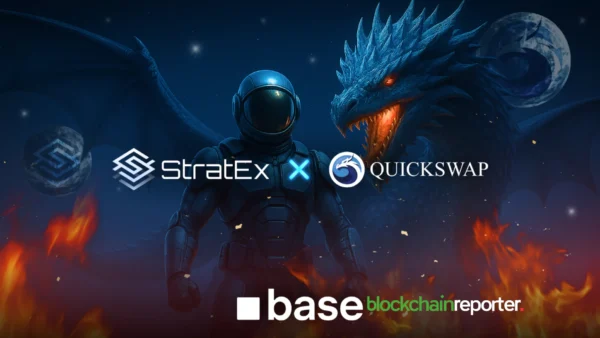
- 1. Understanding Cryptocurrency Transactions
- 2. Step 1: Transaction Initiation
- 3. Step 2: Transaction Broadcasting
- 4. Step 3: Transaction Confirmation
- 5. Step 4: Block Addition to the Blockchain
- 6. Step 5: Transaction Finalization
- 7. Security and Privacy in Cryptocurrency Transactions
- 8. The Role of Wallets in Transactions
- 9. The End
Cryptocurrency transactions are the heartbeat of the digital currency world, enabling the transfer of assets across a decentralized network. This article offers a comprehensive guide to understanding the step-by-step process of a cryptocurrency transaction, from its initiation to its final validation on the blockchain.
Understanding Cryptocurrency Transactions
Before delving into the transaction process, it’s essential to grasp what a cryptocurrency transaction is. A cryptocurrency transaction is a digital exchange of value between two parties on a blockchain network. Unlike traditional banking transactions, these are decentralized, secure, and typically completed without intermediaries.
Step 1: Transaction Initiation
Creating a Transaction Request
The process begins when a user decides to send cryptocurrency. They generate a transaction request, which includes the recipient’s wallet address and the amount to be transferred.
Transaction Fees
Users must also decide on a transaction fee. This fee incentivizes miners or validators to process and validate the transaction on the blockchain.
Step 2: Transaction Broadcasting
Network Verification
Once created, the transaction is broadcasted to the cryptocurrency network. It is verified by network nodes, ensuring that the sender has sufficient funds and that the transaction is formatted correctly.
Transaction Pool
After verification, the transaction enters the mempool (memory pool), awaiting inclusion in a block by miners or validators.
Step 3: Transaction Confirmation
Block Formation
Miners or validators select transactions from the mempool. They begin the process of forming a block, which includes solving complex cryptographic puzzles in the case of Proof of Work (PoW) blockchains.
Achieving Consensus
In Proof of Stake (PoS) blockchains, validators are chosen to create new blocks based on their stake. Regardless of the consensus mechanism, the goal is to agree on the validity of all transactions within the block.
Step 4: Block Addition to the Blockchain
Final Validation
Once a block is completed, it is broadcasted to the network for final validation. Other nodes check the block’s integrity and, if valid, add it to their copy of the blockchain.
Chain Continuity
Each new block is linked to the preceding one, creating a continuous and immutable chain of blocks – hence the term blockchain.
Step 5: Transaction Finalization
Confirmation Count
After the block is added to the blockchain, the transaction is considered confirmed. Additional confirmations occur as subsequent blocks are added, further securing the transaction.
Notification and Receipt
The recipient is notified of the transaction, and it reflects in their wallet balance. The transaction is now complete, and a record of it is permanently stored on the blockchain.
Security and Privacy in Cryptocurrency Transactions
Encryption and Anonymity
Transactions on the blockchain are secured through cryptographic techniques, ensuring that they are tamper-proof and secure. While transactions are public, the identities of the parties involved are anonymized.
Irreversibility
Once a transaction is confirmed, it cannot be reversed. This irrevocability adds a layer of security but also requires users to be cautious when sending funds.
The Role of Wallets in Transactions
Digital Wallets
Cryptocurrency wallets play a crucial role in transactions. They store public and private keys, enabling users to send and receive cryptocurrencies.
Types of Wallets
There are various types of wallets, including hardware wallets, software wallets, and paper wallets, each offering different levels of security and convenience.
The End
Cryptocurrency transactions represent a revolutionary shift in how value is transferred digitally. By understanding the anatomy of these transactions, users can appreciate the intricate workings of blockchain technology and the security, efficiency, and transparency it brings to digital transactions.
Frequently Asked Questions
What happens when a cryptocurrency transaction is initiated?
The sender creates a request with the recipient’s wallet address and the amount, then selects a transaction fee to incentivize validation by miners or validators.
What is a mempool in blockchain transactions?
The mempool is a temporary holding area where verified but unconfirmed transactions wait to be included in a block by miners or validators.
How is a cryptocurrency transaction confirmed?
Transactions are confirmed when they are included in a validated block that gets added to the blockchain, with additional confirmations from subsequent blocks increasing security.
Are cryptocurrency transactions reversible?
No, once confirmed on the blockchain, transactions are permanent and cannot be reversed, making accuracy and caution essential.









